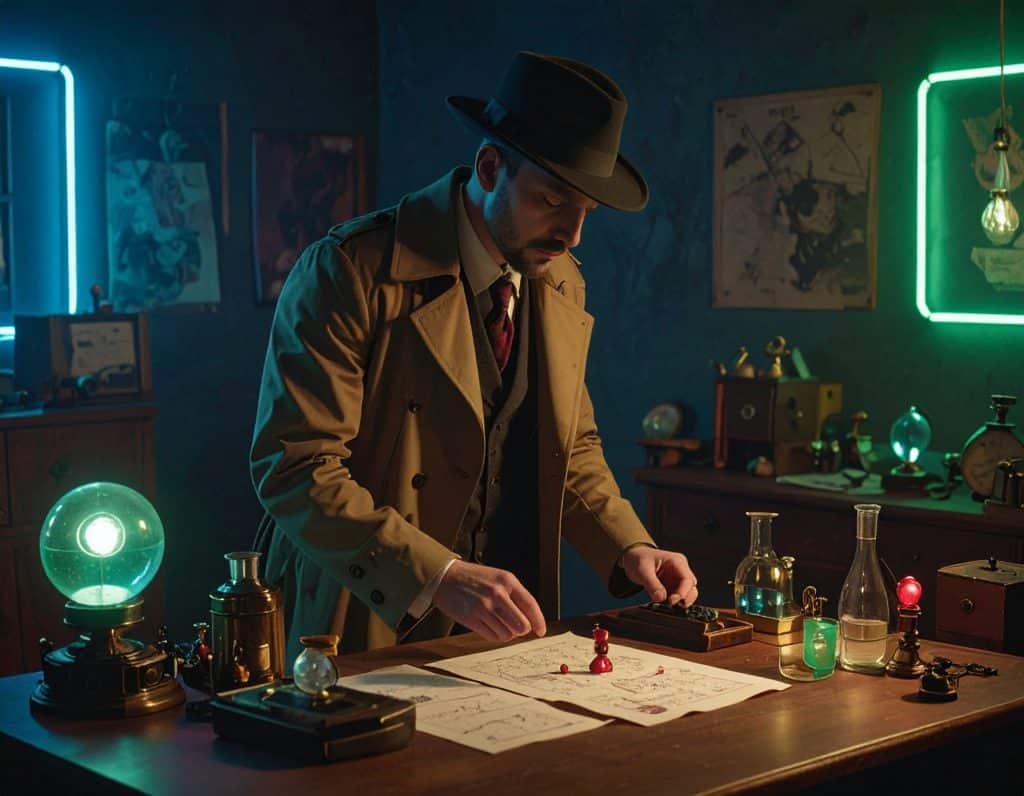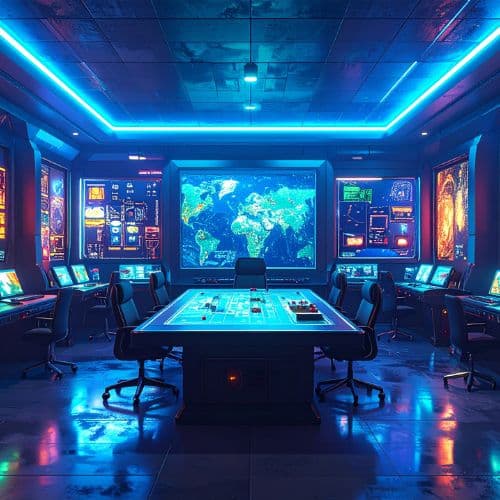Escape rooms have exploded in popularity — not just as entertainment, but as immersive storytelling experiences that blend logic, creativity, and adventure. If you’re planning to start an escape room business or want to enhance an existing one, effective escape room design is everything.
This guide breaks down the core principles, key elements, and practical tips to design escape rooms that leave players talking long after the game ends.

Why Escape Room Design Matters
Escape rooms aren’t just about locks and puzzles — they’re about transporting players into a world where they become the heroes. Great design impacts:
- Immersion: Makes players forget they’re in a game
- Flow: Keeps them engaged from start to finish
- Challenge: Encourages teamwork without frustration
- Satisfaction: Delivers the “aha!” moments people crave

6 Core Elements of Escape Room Design
1. Theme & Storyline
Your theme sets the tone and expectations for players. Choose a story that creates curiosity, tension, or excitement — and build every design element around it.
Popular themes include:
- Haunted Mansion
- Bank Heist
- Space Mission
- Ancient Tomb
- Detective Mystery
Tip: Create a clear backstory and objective (“Escape the lab before the virus spreads!”) to give purpose to each puzzle.
2. Puzzle Variety
Balance is key. A great escape room mixes logic puzzles, physical challenges, pattern recognition, riddles, and interactive elements.
Types of puzzles:
- Locks and keys
- Hidden compartments
- Light and sound clues
- Math-based or word-based logic
- Collaborative tasks (for teams)
Avoid: Overuse of similar puzzles or those requiring obscure knowledge.
3. Flow & Game Structure
Design the puzzle path in a way that makes logical sense. You can choose:
- Linear flow: One puzzle unlocks the next (easier to control pacing)
- Non-linear flow: Multiple puzzles can be solved at once (ideal for large groups)
- Hybrid flow: Combines both for complexity and engagement
Tip: Test your flow repeatedly to avoid dead ends or bottlenecks.
4. Set Design & Atmosphere
This is where immersion is won or lost. Design with all five senses in mind — lighting, sound effects, props, textures, and even smells can elevate the experience.
Design tips:
- Use lighting to direct attention or set tone
- Include interactive props that respond to player actions
- Hide clues creatively, but not unfairly
5. Time Pressure & Pacing
Most escape rooms offer a 60-minute challenge. Use countdowns, in-game events, or evolving narratives to keep players engaged and aware of time without overwhelming them.
Tip: Use sound cues, video clips, or a Game Master voiceover to build tension as time runs out.
6. Resetting & Maintenance
Design with daily operations in mind. Ensure your room can be quickly and easily reset between groups. Use durable props and avoid over-complicated tech unless you have a skilled maintenance team.

Escape Room Design For Business Owners
Escape rooms aren’t just games — they’re revenue-generating experiences. Strong design leads to:
- Better reviews
- More referrals
- Increased repeat customers
- Easier staff training and smoother game operations
Whether you’re starting from scratch or redesigning a room, investing in smart, immersive design pays off long-term.
Launch Smarter with Blue Apple Launchpad
At Blue Apple Launchpad, we help entrepreneurs and creatives turn innovative ideas into scalable businesses — including escape rooms. From brand building to experiential design strategies, we offer tools and mentorship to help you launch with confidence.
Final Thought
Designing an escape room is both an art and a science. When done right, it delivers unforgettable experiences that captivate customers, build community, and drive real business growth.
👉 Ready to design or scale your escape room?
Visit Blue Apple Launchpad for tools, guides, and expert support.
